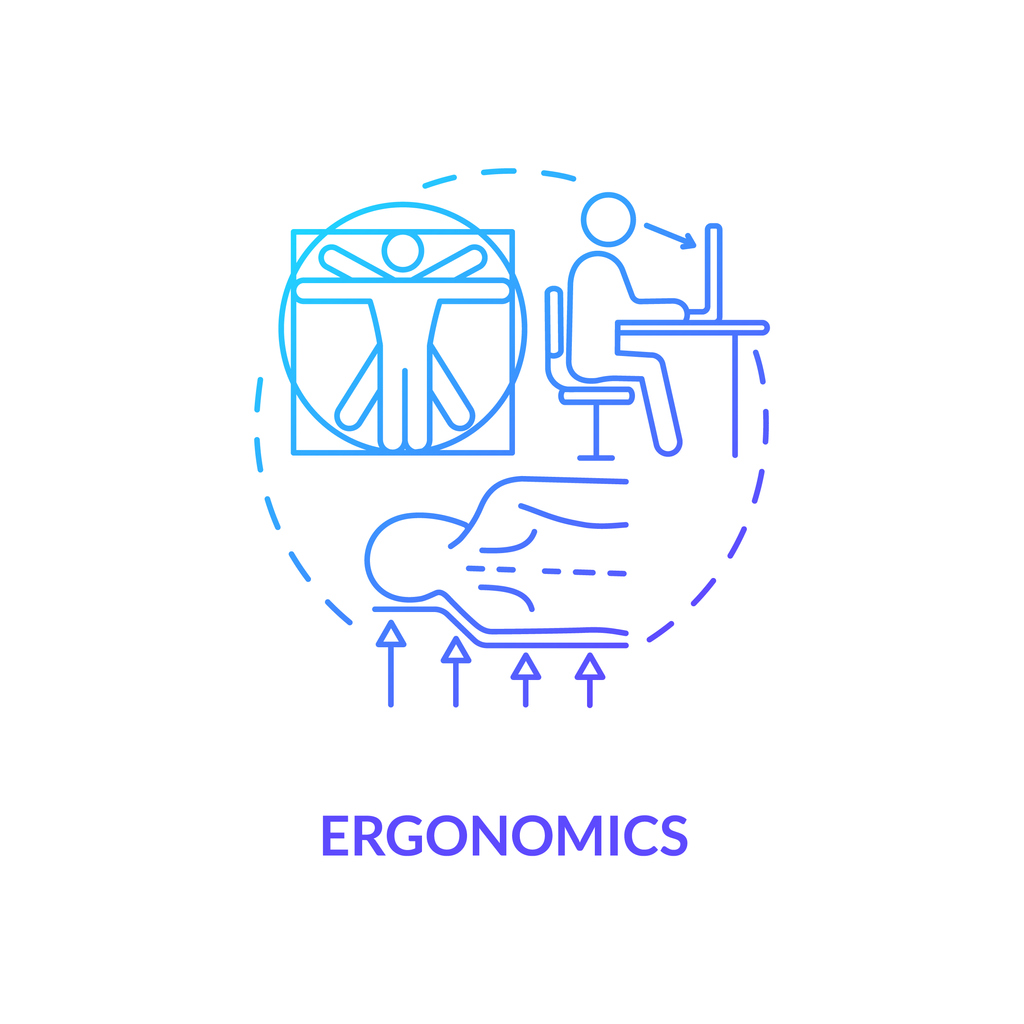In the Musculoskeletal Health & Ergonomics Lab we examine conservative treatments for musculoskeletal injuries and preventing over-use injuries through environmental modification (ergonomics) with the overall goal of helping people regain and retain productive and engaging lives. Our work is anchored in public health methodology, seeking to find systems level methods to address the musculoskeletal health of the nation.
Currently, we are working in three broad areas
- developing methods to use Immersive Virtual Reality (IVR) for the treatment of chronic pain.
- developing improved diagnostic and treatment paradigms for carpal tunnel syndrome.
- improving computer workstations to reduce chronic pain
Previous work focused strongly on computer ergonomics. We have developed a method to assess computer use for risky behaviors (the Keyboard-Personal Computer Style Instrument) and completed a randomized clinical trial examining the effectiveness of alternative keyboards at reducing pain. We have also explored the effect that arthritis has on computer use. Current work will look at sit/stand desks with the intent to develop better methods to use them effectively. Here is an article on Computer Ergonomics in TuftsNOW

In carpal tunnel syndrome (CTS) – We have tested a novel intervention for carpal tunnel syndrome, determining that lumbrical stretches and wrist splinting was an effective way to control symptoms and reduce the need for surgery. We have been reviewing health systems level treatment of carpal tunnel syndrome using large data sets. This research has revealed inconsistencies in CTS treatment and has highlighted the need to redefine our theories about how to treat CTS. MH&E has been collaborating with Dr. Roll at USC to explore how work tasks are associated with the development of CTS in dental hygiene students.
In IVR subjects are placed in a three-dimensional, life-sized computer-generated environment via a computer headset. It has shown great promise as a method to control acute pain, but, as yet, has had only minimal testing in chronic pain. Our lab is on the forefront of developing feasible protocols that can be used by Occupational Therapists and other clinicians to implement IVR as one tool in multidisciplinary, biopsychosocial treatments for clients with chronic pain.
